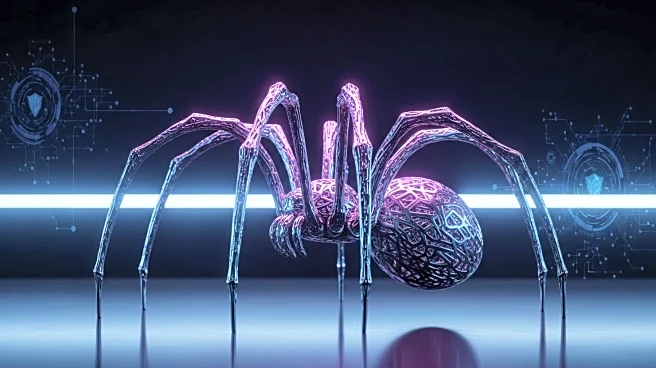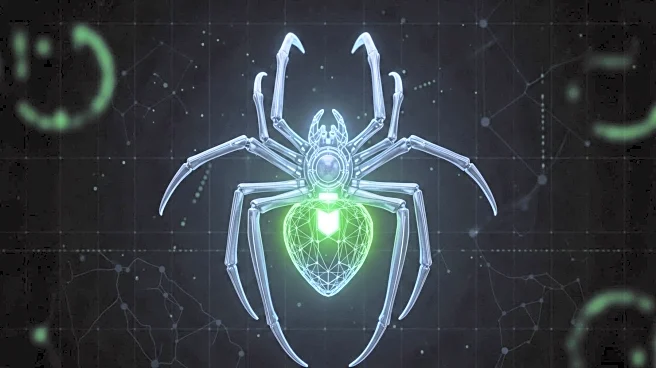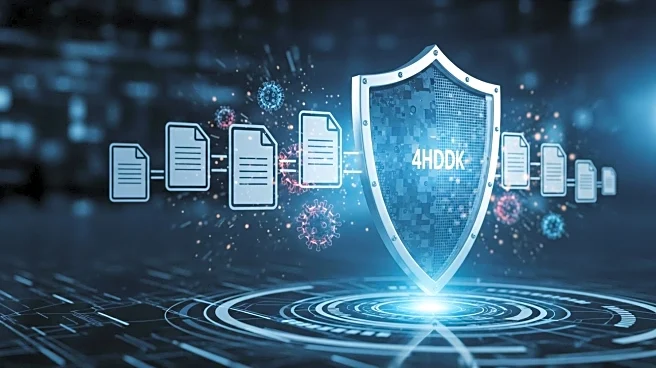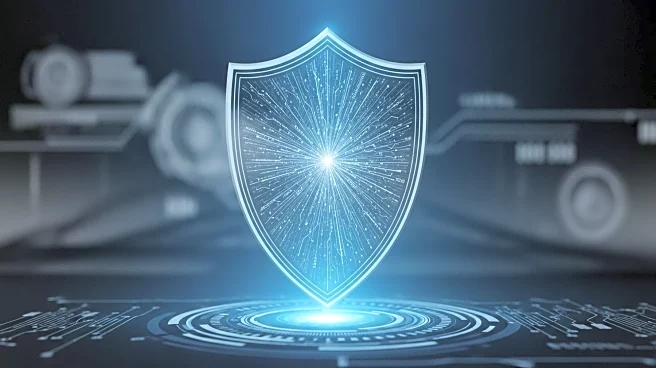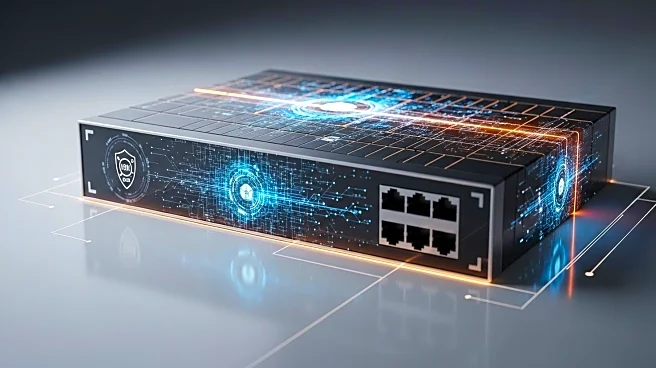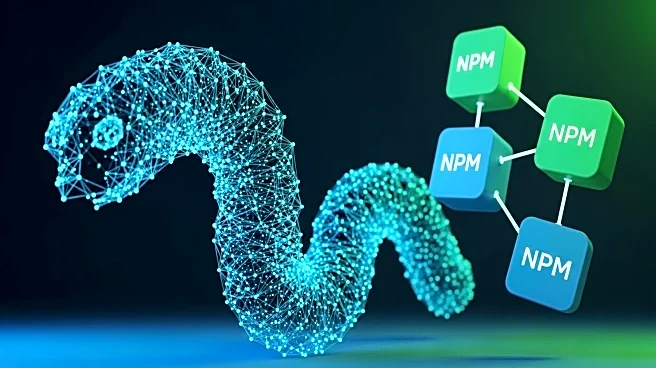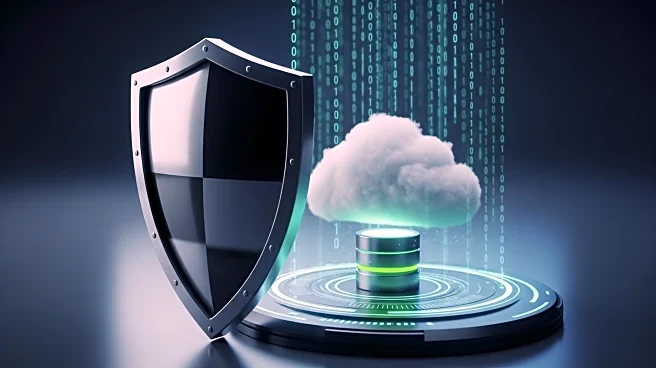What is the story about?
What's Happening?
Cybersecurity researchers have identified a new FileFix campaign that employs steganography to conceal a second-stage PowerShell script and encrypted executables within JPG images. According to an advisory by Acronis, the attack involves persuading victims to paste a malicious command into a file upload address bar, which then triggers a heavily obfuscated PowerShell chain. This chain downloads and parses images to extract the payloads. Unlike previous ClickFix-style attacks, which have surged by over 500%, this campaign does not strictly adhere to the original proof of concept (POC) published in July by researcher Mr. d0x. Instead, it uses multilingual phishing pages, heavy JavaScript minification, and steganography to hide the code. The phishing site mimics a Meta support page, urging users to follow an appeal flow that leads to the execution of the payload. The campaign has been active globally, with translations in 16 languages, indicating rapid iteration and widespread targeting.
Why It's Important?
The FileFix campaign represents a significant evolution in cyberattack strategies, combining social engineering, obfuscation, and steganography to evade detection. This development poses a substantial threat to organizations and individuals, as it leverages familiar user interfaces to deceive victims. The use of steganography makes it challenging for traditional security measures to detect the hidden payloads, increasing the risk of data breaches and malware infections. The campaign's ability to harvest data from browsers, cryptocurrency wallets, messaging apps, and cloud services highlights the potential for significant data loss and financial damage. Organizations must enhance their cybersecurity defenses and user training to mitigate these risks, as attackers continue to refine their techniques to align with everyday user behavior.
What's Next?
Organizations are advised to adopt a layered security approach that combines user education with technical defenses. Key recommendations include training users to avoid pasting commands into system dialogs or file upload address bars, blocking PowerShell, CMD, MSIEXEC, or MSHTA processes launched from web browsers, and monitoring for unusual browser-child process activity across endpoints. As the FileFix campaign evolves, security teams must remain vigilant and ensure that users are aware of these emerging attack techniques. Proactive measures and continuous monitoring will be crucial in preventing future incidents and minimizing the impact of such sophisticated cyber threats.
AI Generated Content
Do you find this article useful?


